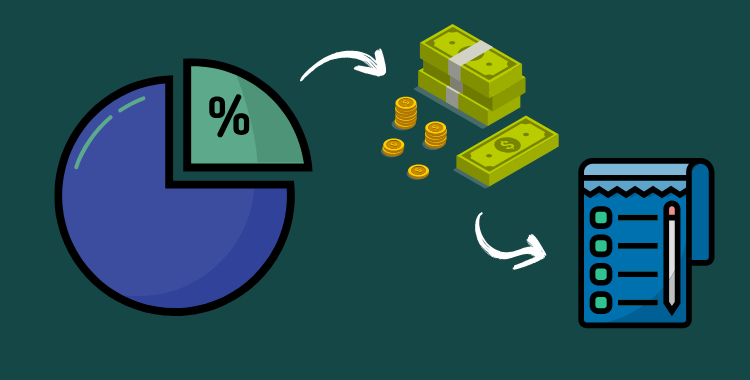Budget prepping is possible, even if your prepping journey can be both an enlightening and empowering experience.
It’s not just about stocking up on goods; it’s about preparing yourself and your loved ones for future uncertainties. To start on the right foot, defining clear goals and priorities is necessary.
This foundational step ensures that your efforts are focused, efficient, and tailored to your specific needs and circumstances.
Creating a Budget Plan for Prepping
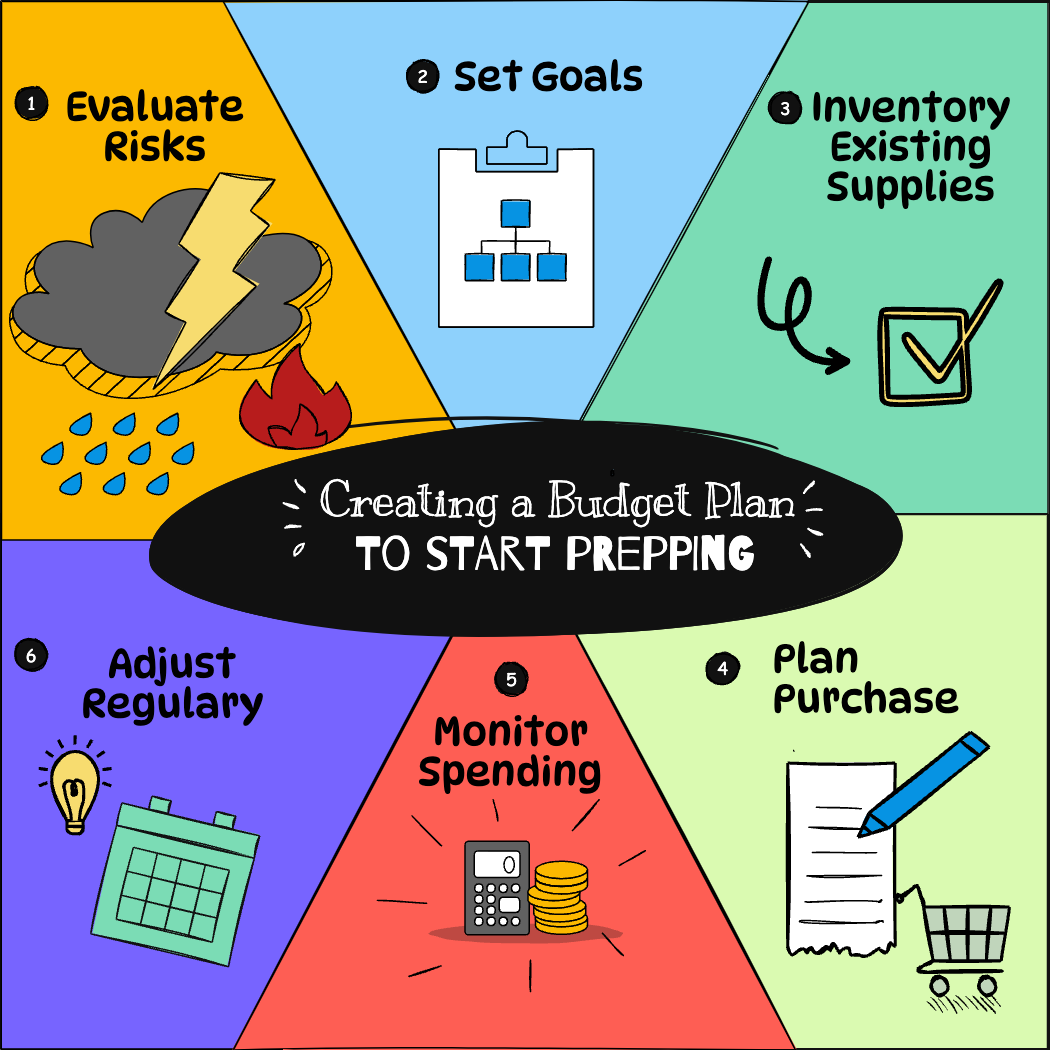






#1 Define Clear Goals and Priorities for Budget Prepping
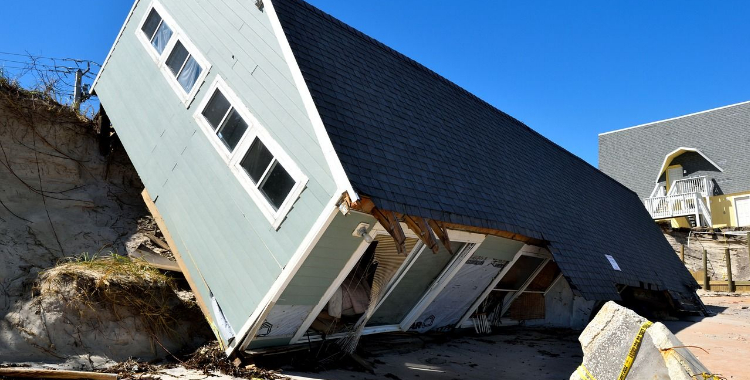
Evaluate Potential Risks in Your Area
The first step in your prepping journey is understanding the risks unique to your geographical location and community. [1]
Are you living in an area prone to natural disasters such as hurricanes, floods, earthquakes, or wildfires?
Your region may be more susceptible to power outages, especially during extreme weather conditions.
Or maybe, given current global tensions, you’re concerned about the possibility of civil unrest.
Recognizing risks that happen in your area is crucial in preparing for them effectively. Each type of emergency requires specific preparations, and by identifying what you’re most likely to face, you can prioritize accordingly. [2]
Determine the Duration You Want to Be Prepared For
Prepping is not a one-size-fits-all endeavor.
Some prepare for short-term emergencies, which typically last a few days. These scenarios assume that normalcy will return relatively quickly.
On the other hand, there are long-term survival scenarios to consider, where disruptions might last for weeks, months, or even years.
Your preparation duration influences the quantity and type of supplies you’ll need and the skills you should prioritize learning. Reflect on what makes sense for you and your family based on the risks you’ve identified and your personal comfort level.
Mike and I started with preparing for short-term scenarios. We people often think, “Oh, that won’t happen to us!” – but life is unpredictable, even if you make plans! A stroke of fate can happen to all of us. Suppose it’s “just” a power outage destroying our electronic devices or a hurricane taking our home.
Today, we call ourselves preppers and go a step further with emergency preparedness. We want to get more and more self-sufficient. It’s a long but experiential way to go. Our goal is to help you survive, help you understand the importance of working on it, and prepare yourself for the times ahead.
Identify Critical Resources
The critical resources that sustain life during emergencies are at the heart of your prepping plan. Water and food, shelter, and medical supplies top this list. Each plays a vital role in survival, and understanding the minimum requirements for each is essential.
For instance, the general rule of thumb is to have at least one gallon of water per person per day for drinking and sanitation. [3]
Knowing the basics of how to purify water, what foods to store with a long shelf life, how to create or find shelter in various scenarios, and what medical supplies are indispensable in an emergency kit lays the groundwork for a solid and reliable prepping strategy.
By clearly defining your goals and priorities at the outset, you’re not just preparing for the worst; you’re empowering yourself to face the future with confidence.
This initial phase of your prepping journey is about building a foundation of knowledge and resources to help you navigate any crisis with resilience and determination.
Remember, the goal of prepping is not to live in fear but to live prepared.
#2 Create a Basic Plan
With your goals and priorities laid out, the next step is to craft a basic plan that will serve as your roadmap through the prepping process. A well-thought-out plan will ensure that you cover all necessary bases and help you manage your resources efficiently. [4]
Your Prepping Budget
The foundation of a sustainable prepping strategy is a realistic budget. Determine how much you can comfortably allocate to prepping each month or establish an overall budget to cover your initial setup.
This financial planning prevents overspending and ensures that prepping enhances your security without compromising your current lifestyle.
Be mindful of your financial health; prepping should be about peace of mind, not financial strain.
Essential Items List
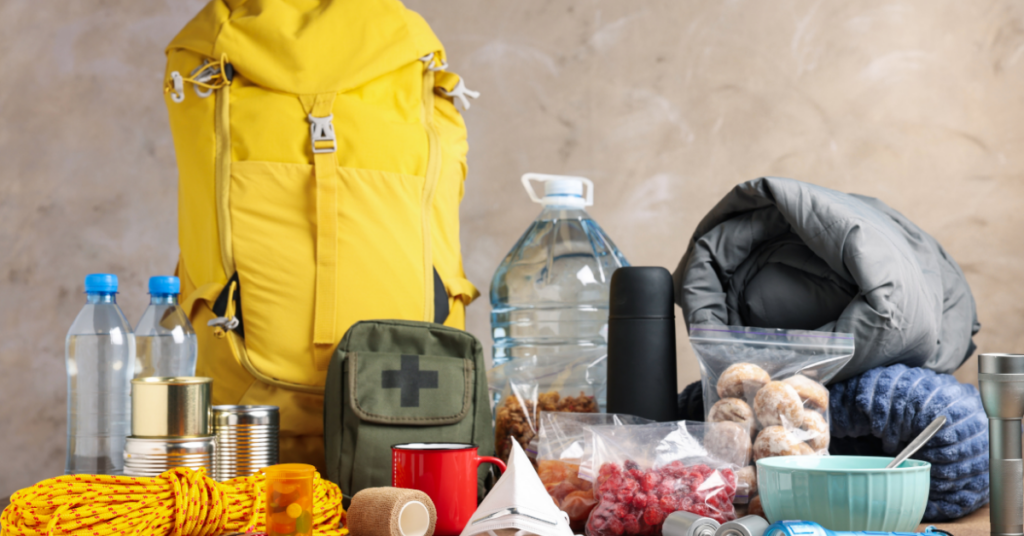
Creating a list of essential items is crucial for focused and effective preparation.
Start prepping with the basics:
Water
The most critical resource. Also consider storage solutions and purification methods.
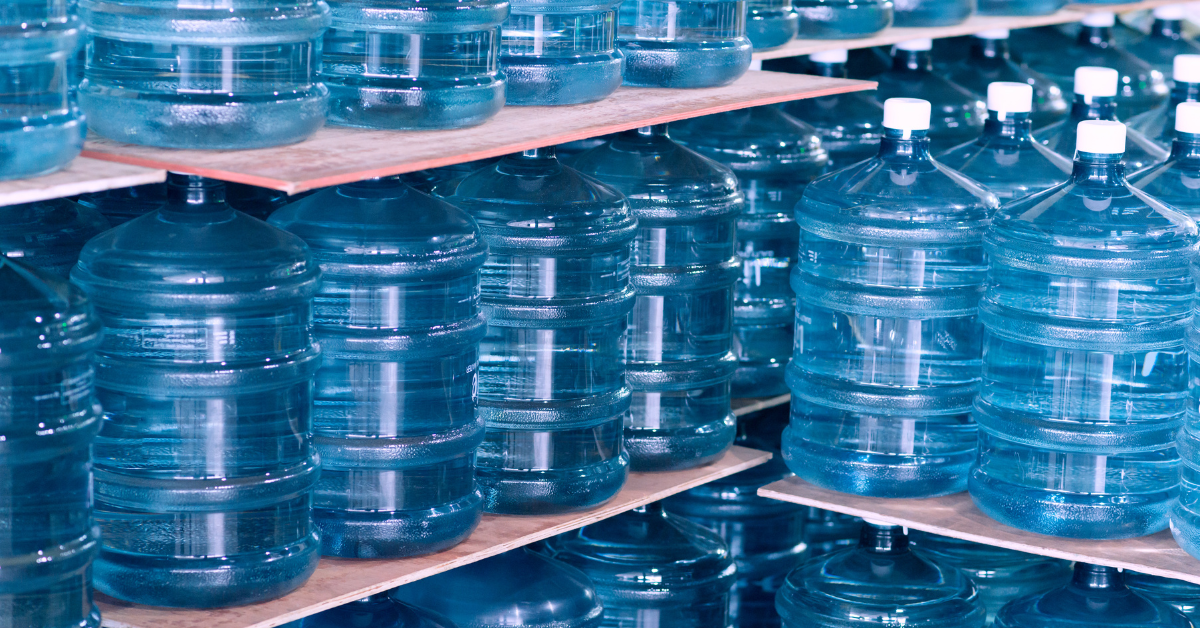
- The shelf life of water depends on its storage and purity. Purified water sealed in a food-grade container is safe to drink for up to 2 years.
Can water go bad? We have all the pieces of information you need in our comprehensive article about Water Storage! - Decide how much water do you need: Water is crucial for drinking, cooking and hygiene.
- Per Day per person: One gallon (3,79 liter)
- Two Weeks per person: You need to stock up 11 – 14 gallons (ca. 42 – 53 liters)
- Water purification methods: Think about times you might not have a clean water source. Plan B, instead of water storage, is to purify the water you find.
- Water filtration
- Water purification tablets
- Boiling water
Long Shelf Life Food
Focus on non-perishable items with a long shelf life and providing good nutritional value to stock up your long-term food storage.
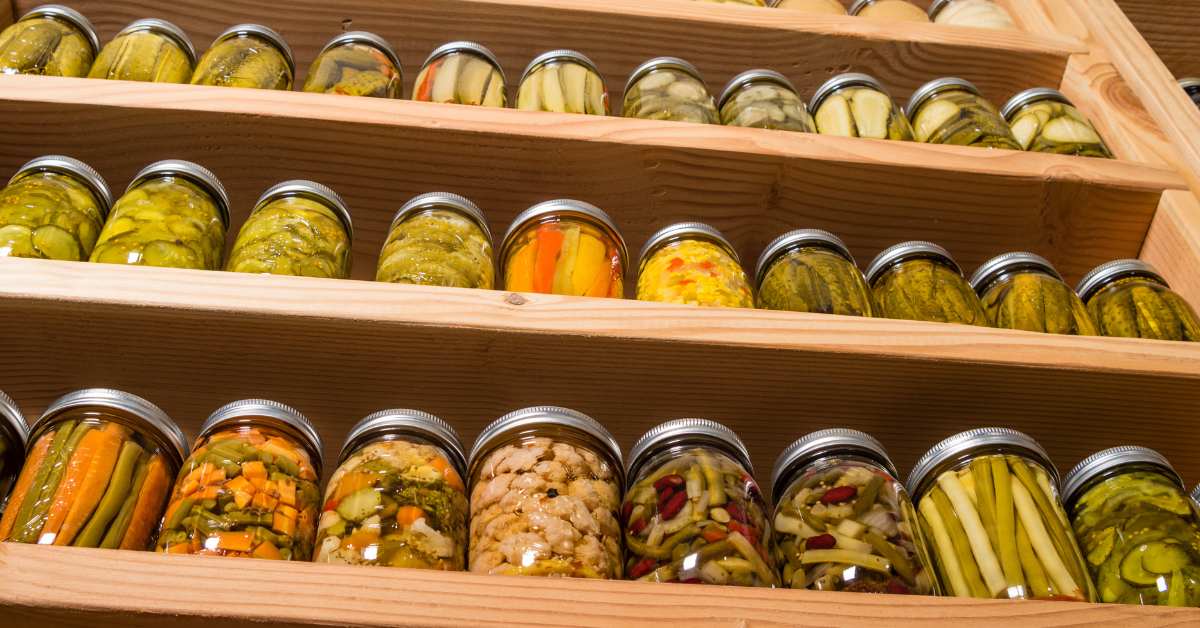
- Canned goods
- Dried food
- Freeze-dried foods
If you need inspiration or more information about what food is good for prepping, feel free to look at my Food Supply List!
Remember to consider the calories per day you need. Your need depends on your age, size, weight, and physical exertion of yourself. But in general, a grown person needs about 2000 to 2500 calories per day.
This calorie calculator gives you a quick answer about how many calories you need.
First Aid and Medical Supplies
A well-stocked first aid kit can be lifesaving in emergencies. Customize your kit to include prescription medications and personal health needs.
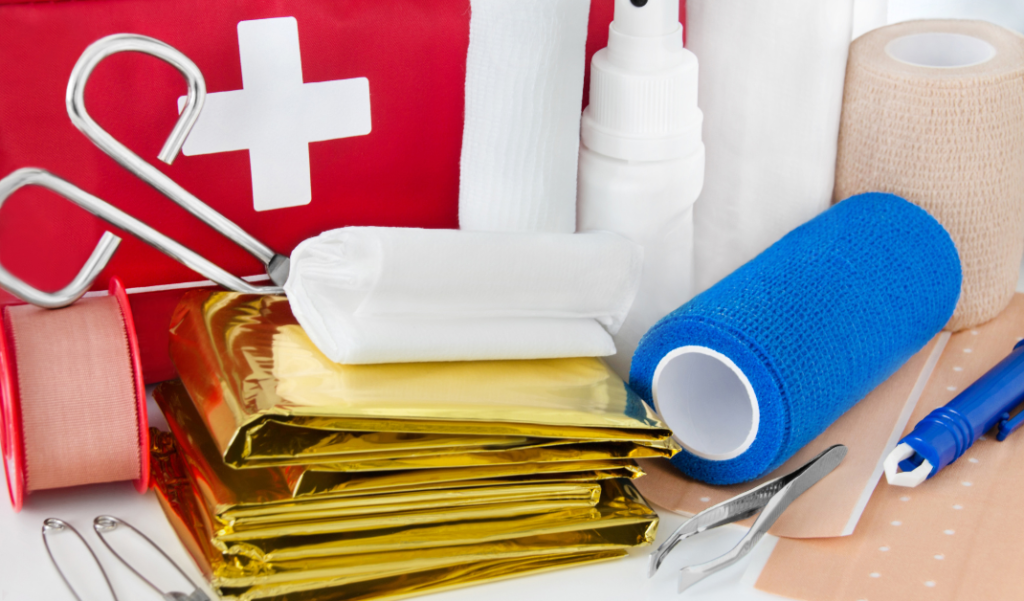
To start, you can just buy a ready first aid kit and, from time to time, add things you think will help you survive.
The must-haves in your first aid kit should include:
- Gauze pads
- Gauze bandage
- Medical gloves
- Skin- and hand disinfection
- Anti-bacterial wipes
- Instrument Kit (scissors, tapes, forceps, safety pins)
- Burn gel
- Sling (For discharging arm after injury)
- Tourniquet (To bind bleeding extremities after a cut)
Medicine Cabine
It’s crucial to include a variety of medications that can address common ailments and emergencies.
Here’s a list of must-have medications to consider:
- Pain relievers: Include a selection of pain relievers such as acetaminophen (Tylenol), ibuprofen (Advil, Motrin), and aspirin. These reduce fever, alleviate pain, or manage inflammation.
- Antibiotic Ointment: A topical antibiotic like Neosporin can prevent infection in cuts, scrapes, and burns.
- Antihistamines: For allergic reactions, including mild cases like seasonal allergies or more severe reactions that could lead to anaphylaxis. Diphenhydramine (Benadryl) is a common choice.
- Antidiarrheal Medication: Loperamide (Imodium) can help manage diarrhea, which can be lifesaving when dehydration is a concern.
- Laxatives: For the opposite problem, a gentle laxative can help relieve constipation, which can be uncomfortable and potentially dangerous over time.
- Antacids: For heartburn or indigestion, include over-the-counter antacids that can neutralize stomach acid and provide relief.
- Hydrocortisone Cream: Soothe itching, irritation, and rashes from conditions like eczema, poison ivy, or insect bites.
- Antifungal Cream: For treating conditions like athlete’s foot, jock itch, or other fungal infections.
- Rehydration Salts: Oral rehydration salts can quickly remedy dehydration caused by diarrhea, vomiting, or excessive sweating.
- Your Prescription Medications: If you or a family member are on prescription medications, it’s vital to include a supply of these. This may consist of inhalers for asthma, epinephrine auto-injectors for severe allergies, insulin for diabetes, or any other critical, condition-specific medication.
- Cold and Flu Medications: Include medications to relieve symptoms of the common cold and flu, such as decongestants, cough suppressants, and throat lozenges.
When assembling your first aid kit, always check expiration dates and be aware of any allergies or medical conditions that could influence the suitability of these medications for you or your group. Additionally, consider including a first aid manual to guide using these supplies effectively in various situations.
Light
Reliable light sources, such as flashlights and lanterns, are essential, especially in power outage scenarios.
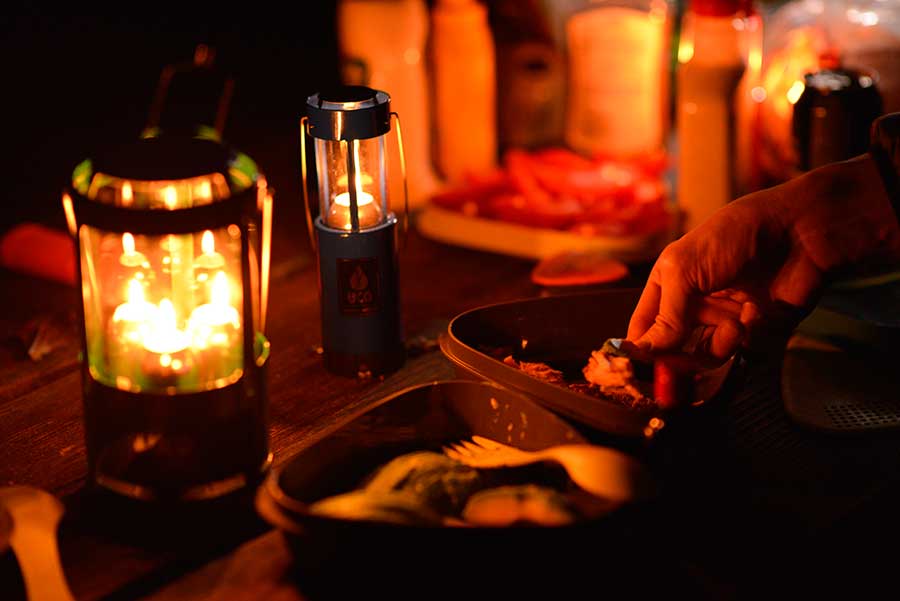
Also, about getting extra batteries to ensure your flashlight won’t give up!
You can buy them in every grocery store or dollar store.
Hygienic Needs
Sanitation supplies such as in the list above are vital for maintaining health and morale:
- Soap
- Hand sanitizer
- Toilet paper
- Your personal hygiene products (Toothbrush, toothpaste, shampoo, etc.)
An important thing to say is liquid shampoo could be damaged and leak. That’s why it’s better to pack solid soap and shampoo. These are timeless and won’t leak in your Bag.
Shelter
Keep a safe and comfortable space by having the resources to set up a shelter in a different location in case you have to sleep somewhere other than in your warm, cozy bed because of a survival situation.
- Water resistant Tent
- Tarp for other shelter opportunities
- Sleeping Pad
- Sleeping Bag
- Warm Blanket
These are the most needful items to bug-out. Sure, you need to find a great place to place your shelter.
In our Guide for Building Survival Shelter, you can get an idea of what more shelter options exist.
Timeline for Acquiring Supplies
Rome wasn’t built in a day, and your emergency stockpile doesn’t need to be, either. Develop a timeline for gradually acquiring supplies, focusing first on the essentials and then expanding as your budget allows. This approach ensures that you can methodically build your stockpile without financial hardship. Celebrate small victories; each addition to your supplies is a step toward greater preparedness.
Skill Development
Equally important as gathering supplies is developing the skills necessary to use them effectively.
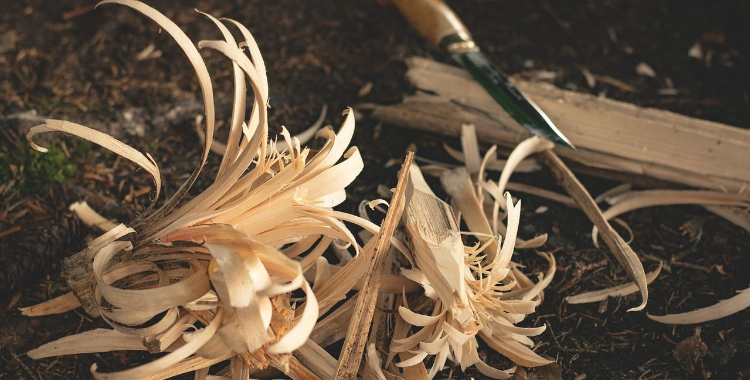
Dedicate time to learning and practicing essential survival skills:
- First Aid: Knowing how to treat injuries and manage health conditions can make a critical difference in emergencies. First aid classes will help you with the needed basics.
- Fire-Making: A fundamental survival skill for warmth, cooking, and sterilization.
- Water Purification: Needful when your water source is contaminated.
- Shelter Building: Understanding how to create shelter can protect you and your family from harsh conditions.
- Gathering Food: Growing your food enhances your self-sufficiency and food security.
- Navigation: Knowing the proper techniques can help one find their way back to safety while also helping to locate essential resources, such as water sources and more.
For more profound tips from us to learn the basics, please check out our article about Survival Skills.
#3 Budgeting for Prepping Supplies
Assess Your Current Assets
Before diving into new purchases, thoroughly assessing what you already possess can uncover hidden gems perfect for your prepping needs.
This step is about efficiency and economy.
Take Inventory
After you’ve compiled your list, consider how you might repurpose certain items.
Is that camping gear gathering dust in your garage? Instant survival kit.
The old radio in your attic? Perfect for emergency communications.
This approach saves money and promotes a more sustainable and environmentally conscious approach to prepping.
Repurpose Existing Items
Look at everyday items through a lens of utility. Containers can be used for water storage, blankets for warmth, and so on. Repurpose not only saves money but also fosters a mindset of resourcefulness.
Smart Shopping Strategies
With a clear understanding of what you already have, you can approach the acquisition of new supplies more strategically. Prepping with a budget is possible if you know these tips for getting great deals.
Here’s how to get the most out of every dollar spent.
Quality Over Quantity
It might be tempting to fill your cart with inexpensive gear, but remember, reliability is key when it comes to survival equipment. Investing a little more in high-quality, durable items that won’t let you down when you need them most is better.
Also, if you buy the cheapest, you buy two times. Don’t waste your time and money, and consider whether this product is worth the price you’re paying.
You don’t need to get the most expensive prepping items, but it’s absolutely vital to compare the price-performance ratio!
Sales and Discounts
Vigilance for sales and discounts can lead to significant budget-friendly savings on prepping supplies.
Subscribe to newsletters for coupons, follow favorite stores on social media, and be ready to act when prices drop.
Additionally, consider bulk purchases for items with a long shelf life; this often results in lower per-unit costs.
Buy Step by Step
Start small. Avoid the temptation to buy everything at once.
Step-by-step means: At shopping, prioritize what is necessary.
Start with food and water. Get water filters, non-perishable food, and emergency lighting. These are the basics that you can’t afford to skimp on. Once you’ve secured these, you can expand your supplies to other areas like communication devices or extra change of clothes.
Also, when I was starting my emergency food storage, I just bought one extra. For example, If I purchased canned tomatoes for my yummy spaghetti sauce, I just took one more to grow my storage. I still do this. And I can tell you: It’s worth it! Your wallet won’t feel this one extra can.
This gradual approach allows for thoughtful spending and prevents financial overwhelm.
Up-Cycling and DIY
Embrace creativity in repurposing everyday items. Containers can be turned into storage solutions, and simple household items can be transformed into useful tools. This saves money and cultivates a mindset of resourcefulness – a valuable trait for any prepper.
The internet is a rich resource for DIY prepping projects that can save money while enhancing your prep.
Integrating these budgeting strategies into your prepping plan ensures that every dollar contributes to increasing your readiness for any situation. This approach not only makes prepping more accessible but also encourages a sustainable and mindful way of building your supplies. [5]
Wrapping Up
Prepping: A powerful step towards self-sufficiency and resilience.
Budget prepping can be mastered with the following:
- The importance of setting clear, risk-based goals
- Creating a strategic plan with a realistic budget
- Prioritizing essential supplies and skills
- Smart shopping
Leveraging sales, and DIY projects are crucial for stretching your budget so you don’t spend thousands of dollars.
Remember, the goal is preparedness, not accumulation. Focus on what truly matters, and you’ll find that prepping on a budget is feasible and rewarding.
Start small, prioritize necessities, and build gradually. Adopting these strategies ensures preparedness without compromising financial well-being, moving confidently towards a future where you are ready for anything.
I hope my tips will help you protect your family.
Best wishes on your prepping journey!
